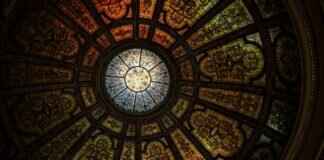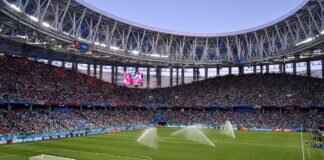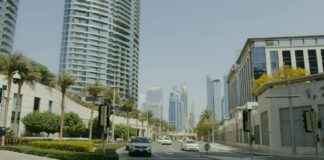Few households test a door lock like one containing a precocious toddler equipped with infinite curiosity and zero safety sense. Parents in walk-up apartments grapple with conflicting goals: swift egress during an emergency and steadfast resistance against tiny hands that can twist knobs at eye level. Window risks multiply above the second floor, where a summer breeze tempts families to crack sashes that become escape portals. Anchoring furniture, adding outlet covers—those tasks feel obvious. But door and window security requires professional calibration, especially in New York City’s eclectic housing stock.
Begin with the basics. Interior privacy locks with push-button releases are designed for privacy, not containment. Children as young as two can depress the button, close the door, and trap themselves inside. Swapping these for passage knobs paired with over-the-door lever covers prevents lock-ins while still enabling privacy via hallway placement. Exterior doors demand higher stakes. Classic chain latches sit high, but chains fatigue and toddlers climb furniture. A better solution involves surface-mounted swing-bar restrictors installed at least fifty-four inches from the floor. Unlike chains, swing bars resist bolt cutters yet release quickly in fire drills.
Window hazards loom large. New York’s Health Code §67 mandates guards in apartments where children under ten reside, yet many landlords comply with flimsy aluminum grates that flex. A certified locksmith drills pilot holes, anchors steel screws into framing members, and verifies guard spacing under four inches to block head entrapment. Sash-stopper pins limit how far double-hung windows open—parents can vent three inches without enabling a full crawl-through. For casement windows, adjusters limit crank range, and tamper-resistant screws deter removal.
French doors and sliders introduce their own puzzles. Childproof foot-bolts drilled into floor plates require dexterity toddlers lack, yet elderly relatives may struggle to operate them. A dual-action lever with spring assist balances accessibility and safety. Glass impact film offers an invisible layer, holding shards if slammed by errant toys or gusts.
Home automation adds nuance. Parents can receive phone alerts when doors open during nap time, geofence alerts if a sitter forgets to bolt the door, and schedule auto-lock routines at bedtime. However, Wi-Fi failures or app glitches can lull families into complacency. Redundancy remains vital: even the smartest lock must default to a robust mechanical deadbolt.
Noise mitigation matters too. Many apartments feature heavy fire doors that slam loudly—jolting infants awake and scaring new parents. A locksmith files strike plates, adds hydraulic closers with adjustable swing speed, and installs silicone bumpers, reducing decibel spikes without sacrificing latch engagement. These micro-adjustments turn daily life from nerve-jangling to manageable.
Crawling babies become climbing preschoolers faster than anyone anticipates. At age three, some children can haul stools to the peephole, unlock the deadbolt, and wander hallways within minutes. Parental stories abound of kids joyriding elevators before frantic searches. To counter this stage, technicians may install double-cylinder locks requiring keys inside and out; yet fire code restricts them unless the key hangs nearby. Another approach mounts a keyless digital keypad five feet off the floor—still reachable for adults but beyond toddler fingertips.
Amid this balancing act of safety and compliance, many families turn to a locksmith New Yok City with child-proofing expertise. These professionals carry UL-listed window guards, drill templates ensuring precise screw spacing, and non-toxic silicone lubes safe for curious mouths. They also issue installation certificates satisfying building inspectors and co-op boards, sparing parents from bureaucratic whiplash.
Costs compare favourably to pediatric ER visits. A full apartment audit, hardware, and labour might total half the fee for one out-of-network doctor’s bill. Insurance discounts occasionally apply; some carriers reward child-safety upgrades the way they credit smoke detectors.
Maintenance is ongoing. Growing children eventually defeat yesterday’s barriers. Quarterly testing—do knobs loosen, do window guards wobble—catches wear. Keep Allen keys for sash pins handy, and document guard serial numbers for replacement orders. Educate sitters and relatives on new procedures; the fanciest latch fails if Grandma leaves it disengaged.
Finally, foster a culture of layered safety: gates at stair tops, non-slip mats, corner bumpers, and consistent routines. Locks are a vital layer, not the only one. Combine mechanical ingenuity, situational awareness, and regular professional input, and city living with children becomes less perilous and more playful—precisely the balance families seek when they choose urban life.














